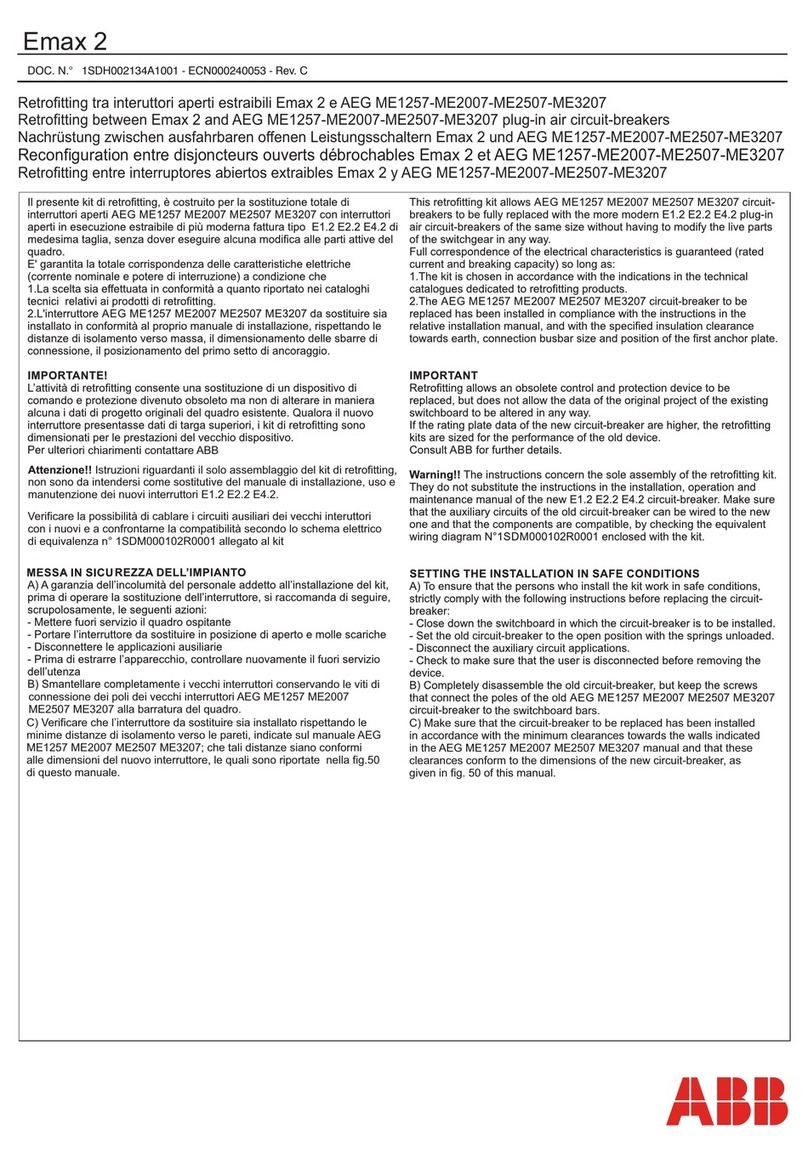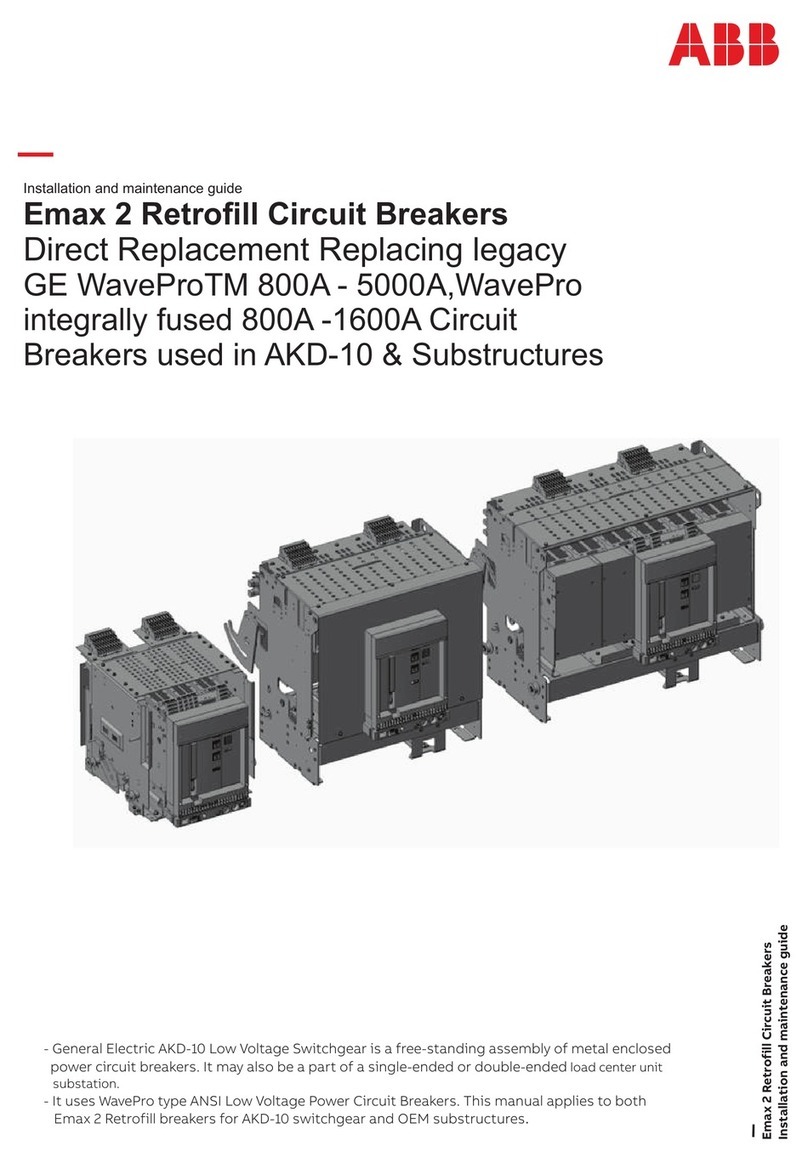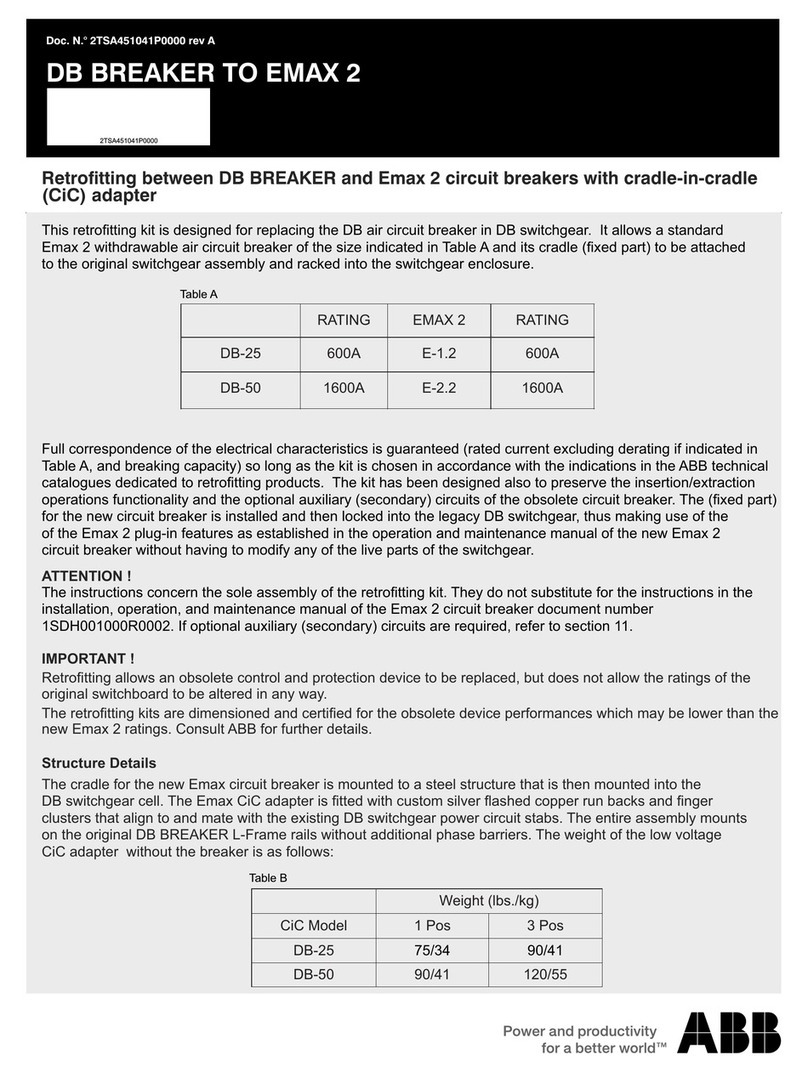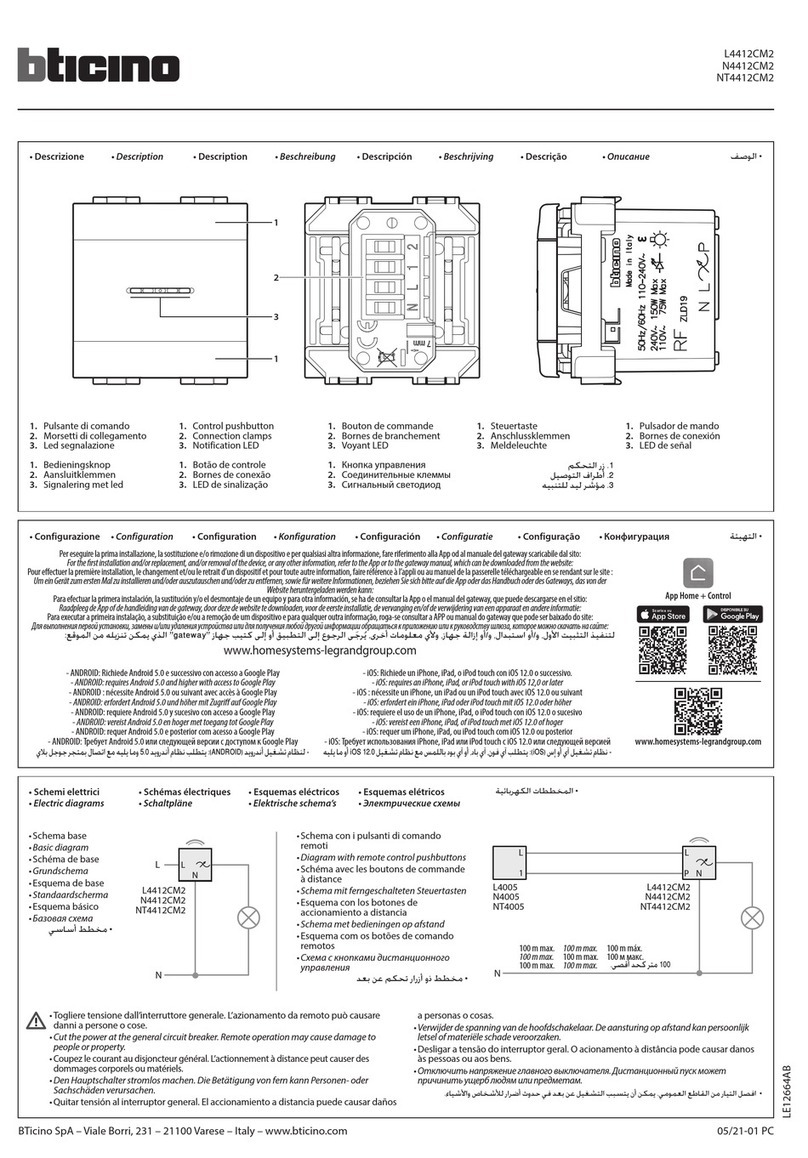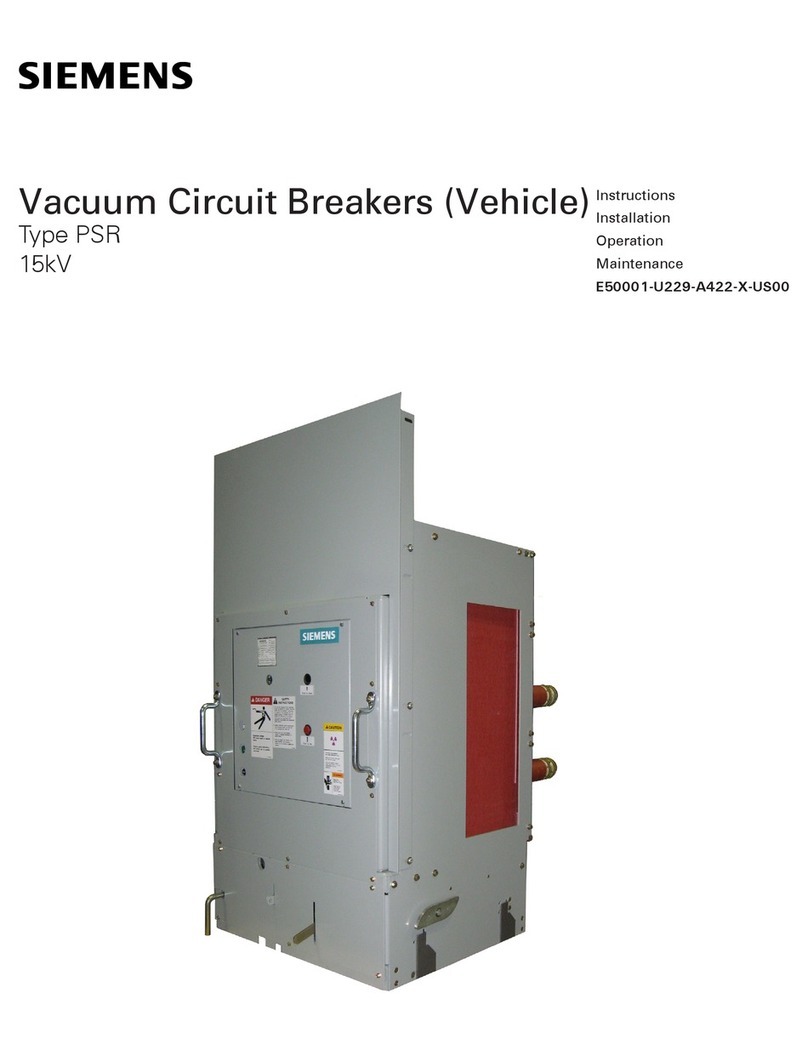ABB 5HK Series Installation and operating instructions
Other ABB Circuit Breaker manuals

ABB
ABB SACE Emax 2 User manual
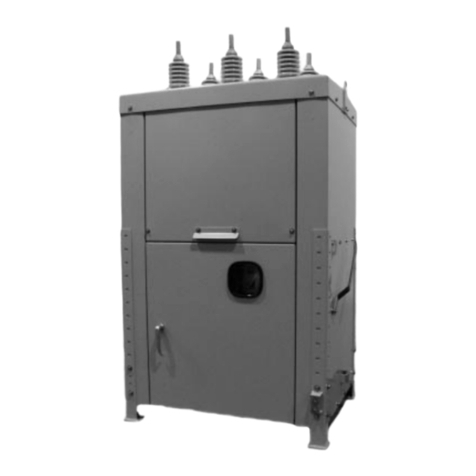
ABB
ABB R-MAG Series User manual
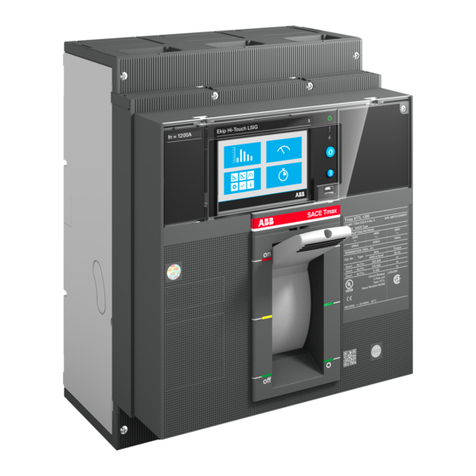
ABB
ABB XT7 User manual
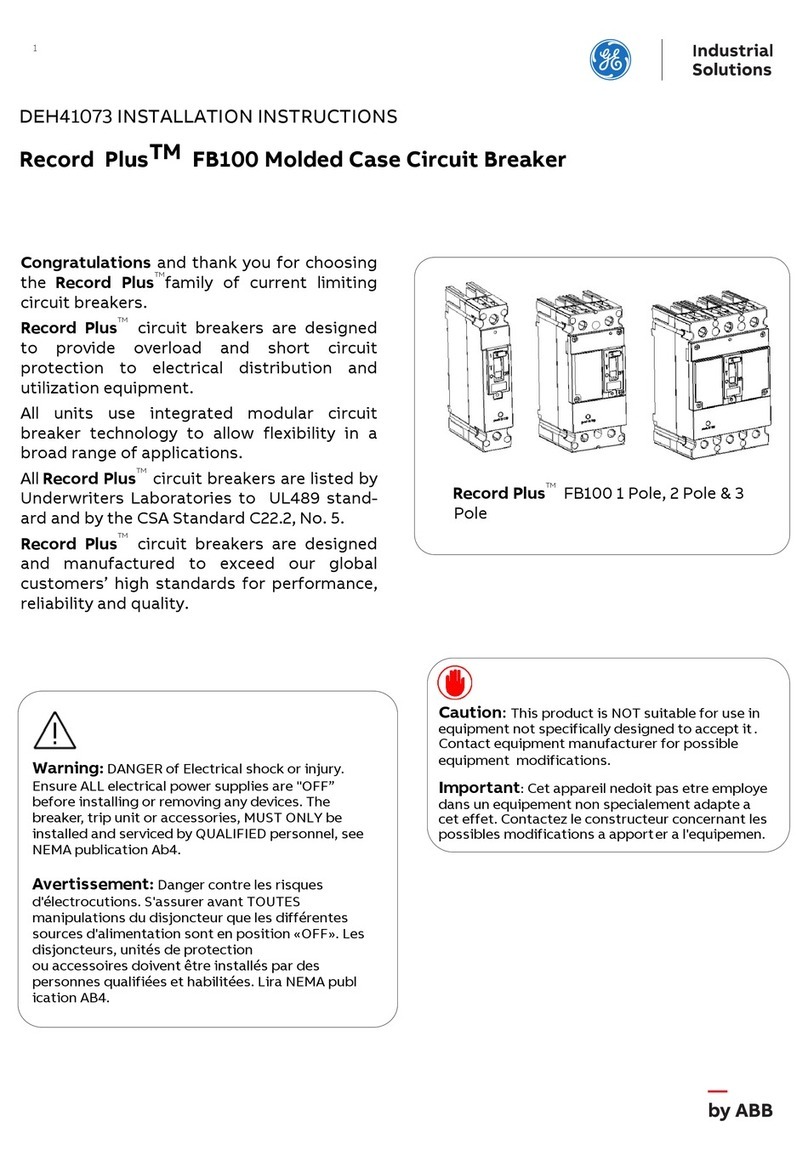
ABB
ABB Record Plus FB100 User manual

ABB
ABB GE Power Break II User manual

ABB
ABB SACE Tmax T6 User manual

ABB
ABB Sace Emax UL Listed Manual
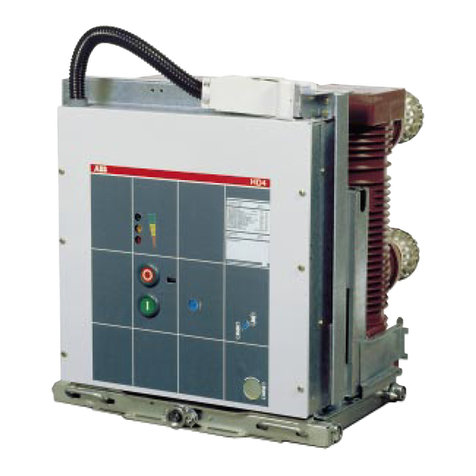
ABB
ABB HD4/ESB Series Quick guide

ABB
ABB VD4 36 Quick guide
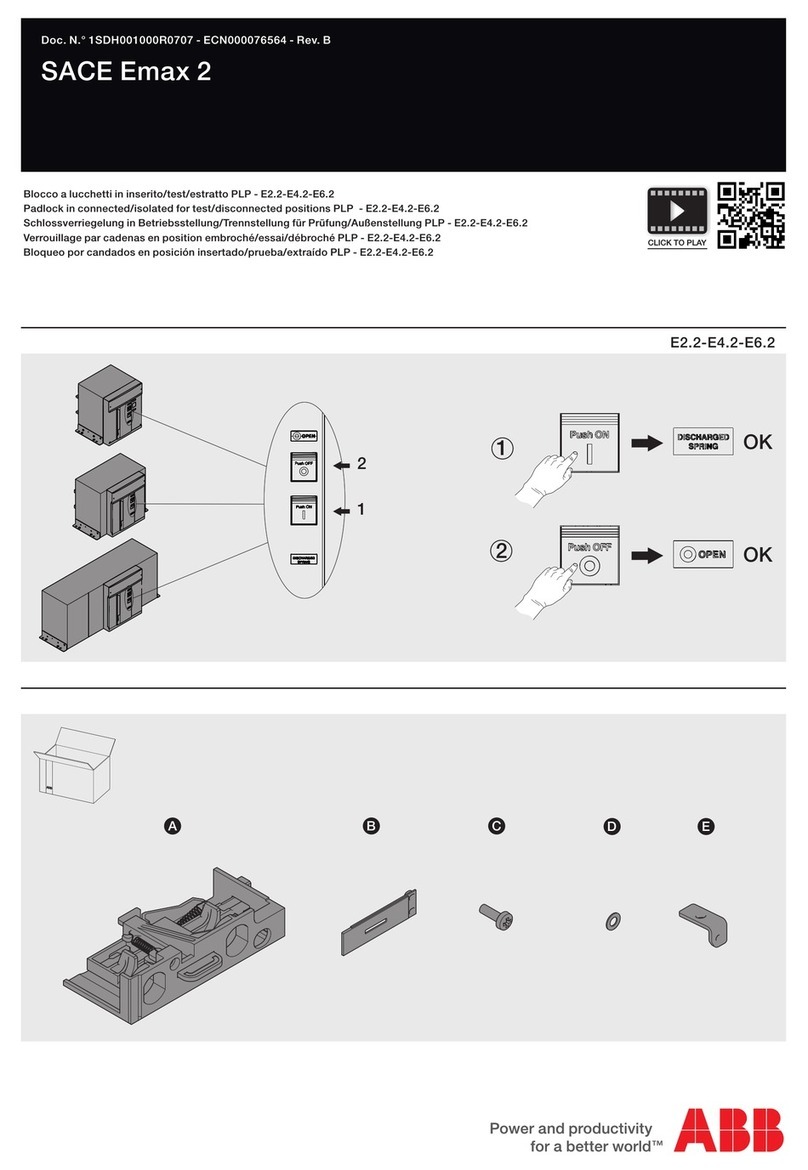
ABB
ABB SACE Emax 2 User manual

ABB
ABB DEH41820 User manual

ABB
ABB SACE Emax 2 E2.2 Installation instructions

ABB
ABB SMISSLINETP FS401 Service manual
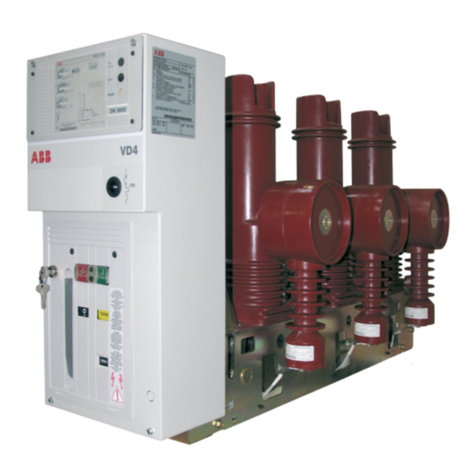
ABB
ABB VD4/R User manual
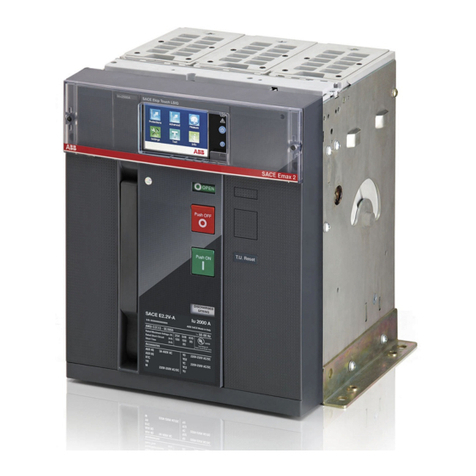
ABB
ABB SACE Emax 2 Manual
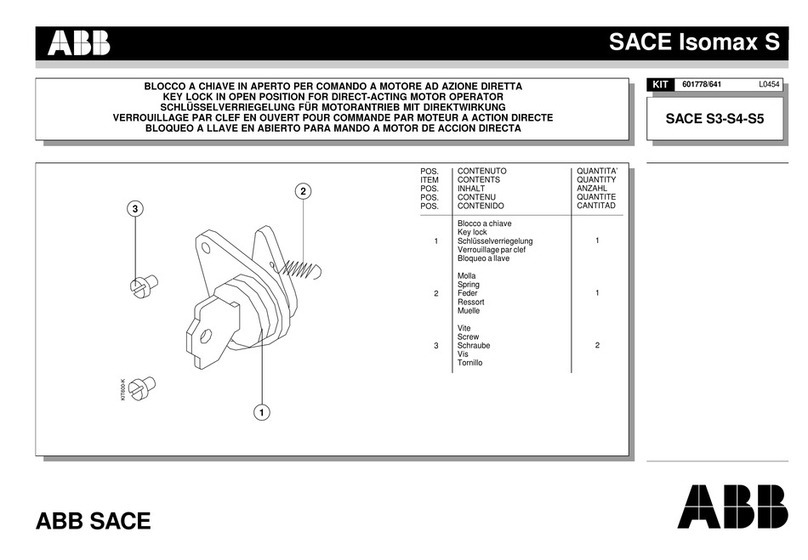
ABB
ABB S4 User manual

ABB
ABB SACE Emax E1 User manual

ABB
ABB SACE Emax 2 User manual
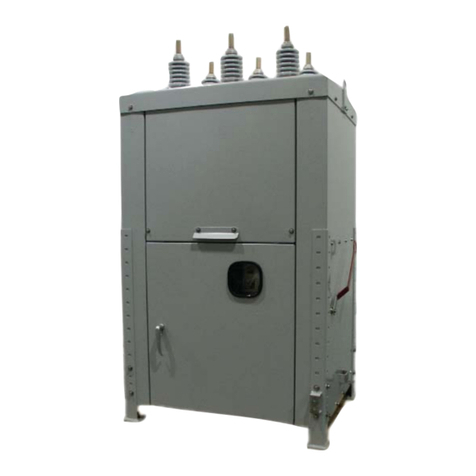
ABB
ABB R-MAG User manual
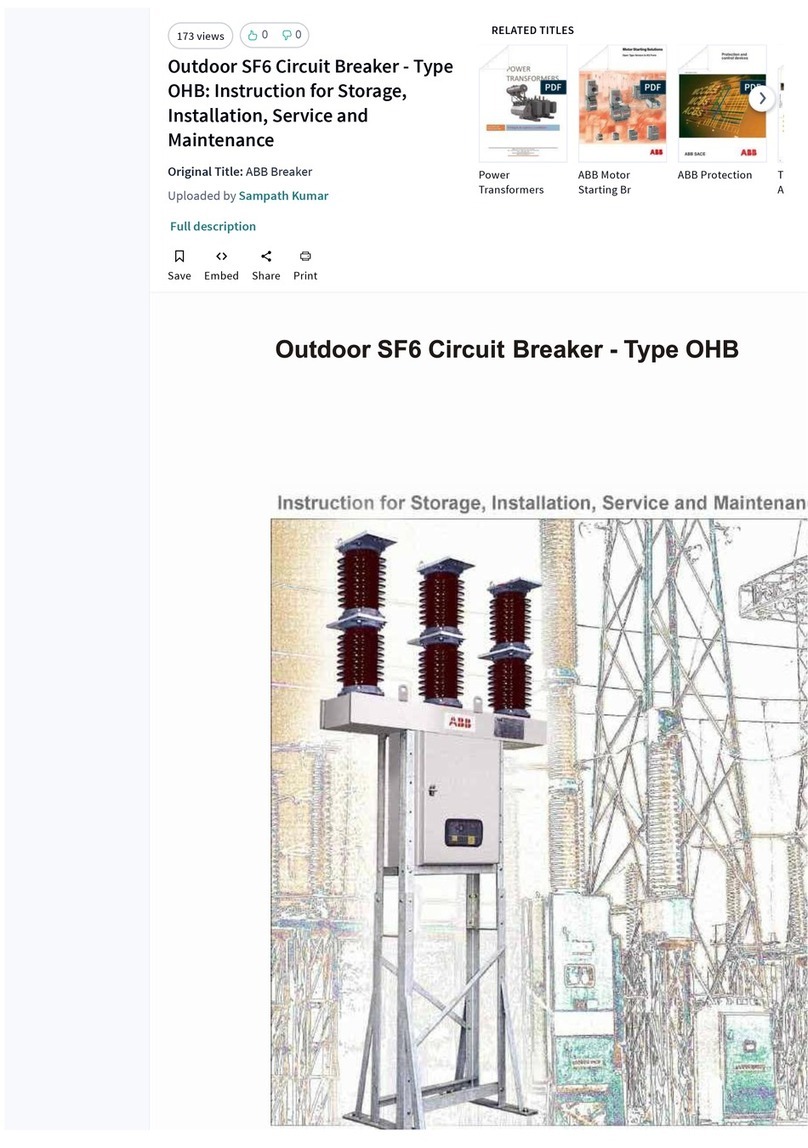
ABB
ABB OHB Installation and user guide
Popular Circuit Breaker manuals by other brands

Siemens
Siemens 3VT9524-4TG30 quick start guide

Acrel
Acrel ASCB1 Series Installation and operation manual

Eaton
Eaton NOVA LBS 15 Installation and operation instructions

Siemens
Siemens SIRIUS 3RV1742 Original operating instructions

WEG
WEG FHU ACW125 installation instructions

TERASAKI
TERASAKI NHP TemBreak PRO P160 Series installation instructions
